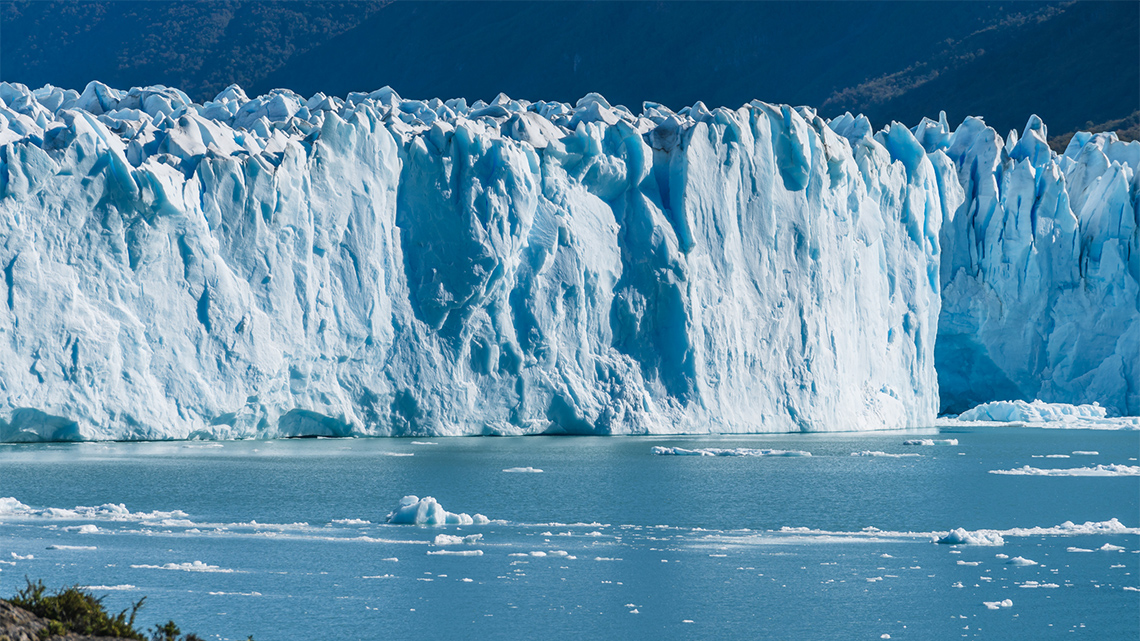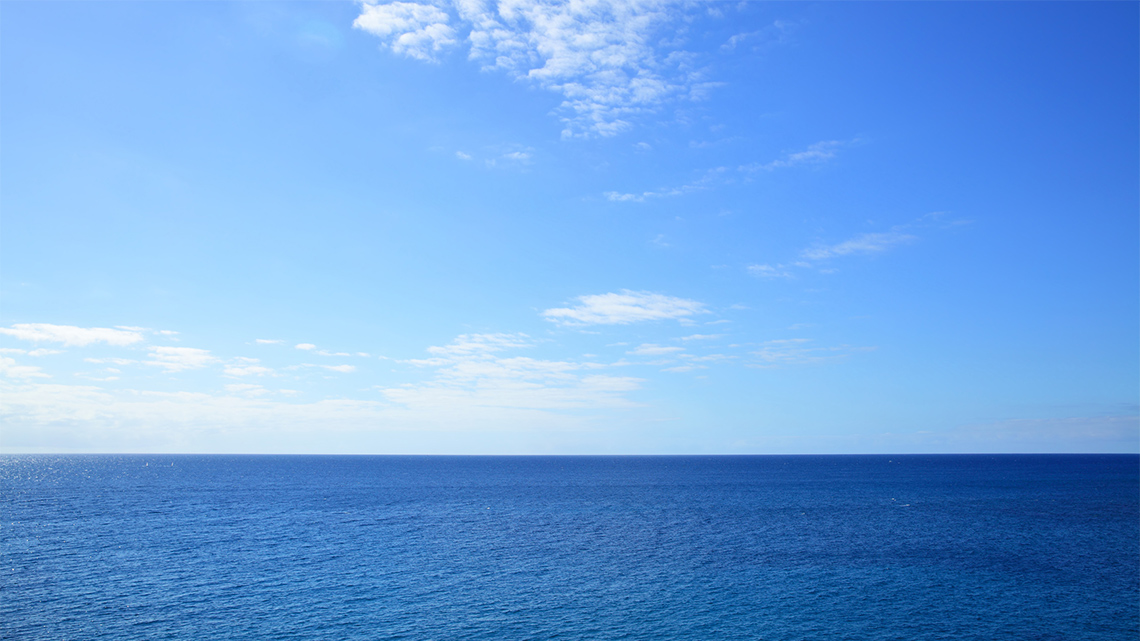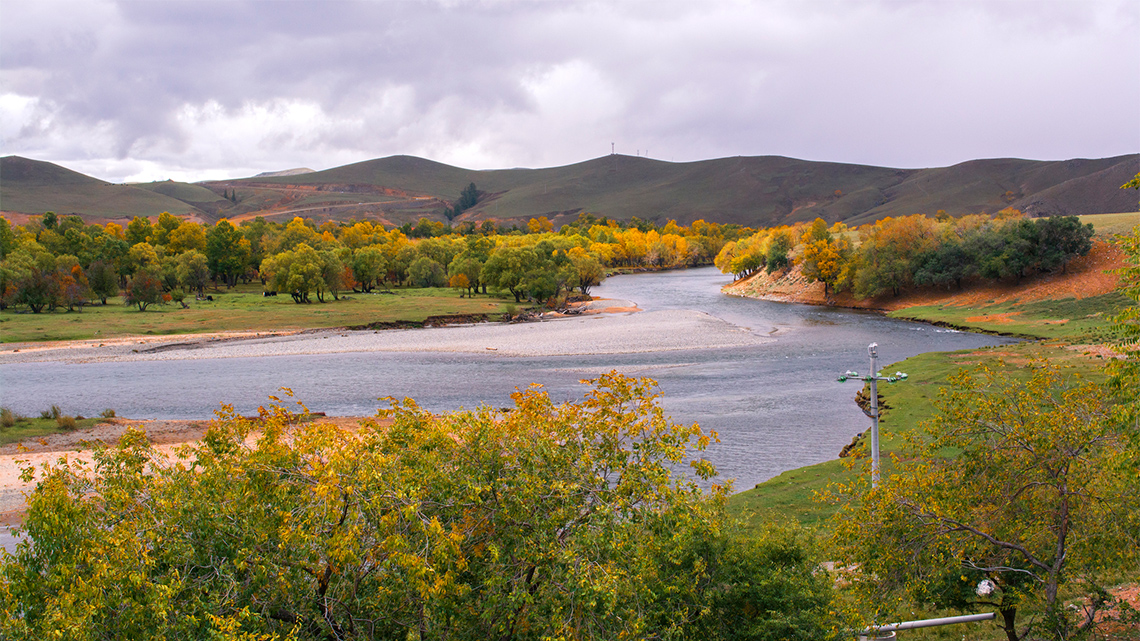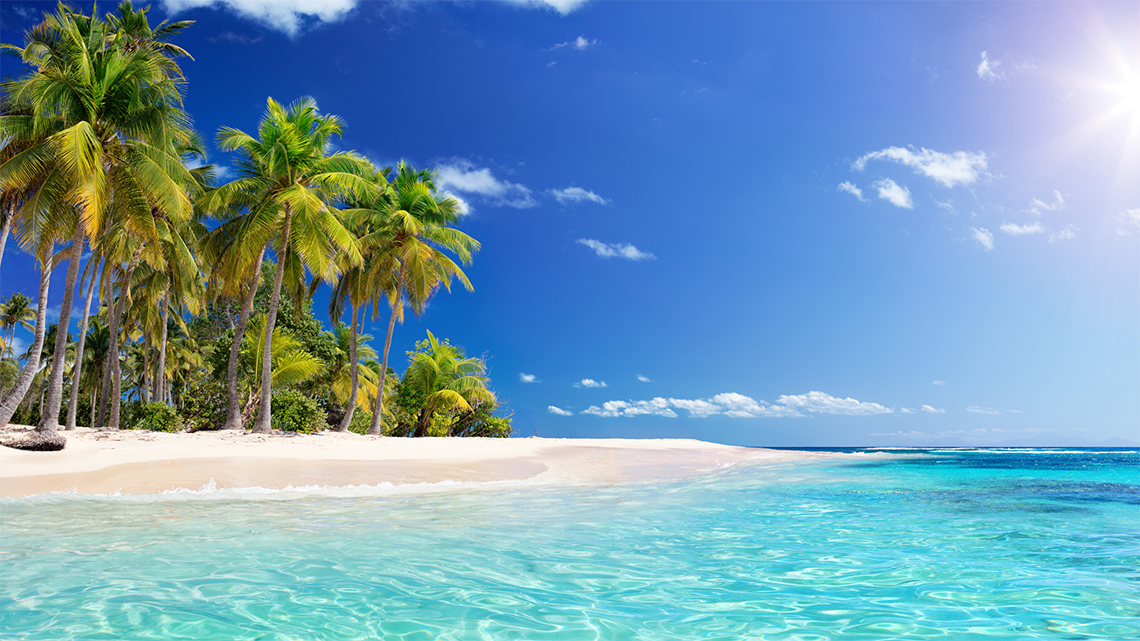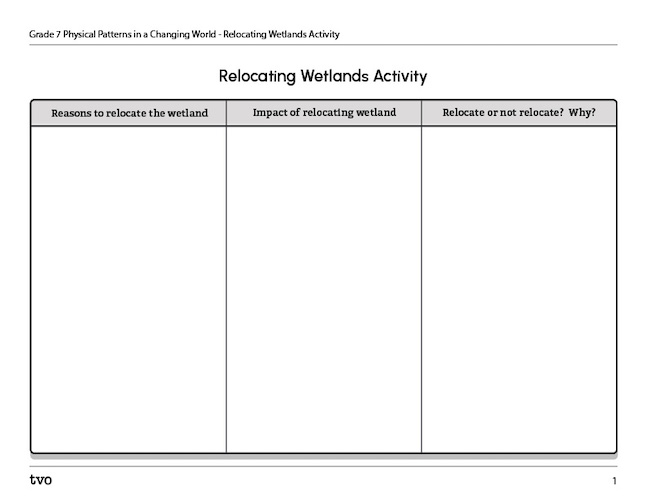Minds On
Water around the world
Over 70 percent of the Earth consists of water bodies. What are the different types of water bodies?
Explore the following carousel of images and their descriptions. After you examine each image and description, you are going to match the water body to its definition in the activity.
Use the descriptions and images in the carousel to help you match the water body to its definition.
For each water body, select the corresponding definition.
Source: https://www.merriam-webster.com/
Action
What is a wetland?
In the Minds On section, a variety of water bodies were described and defined. Each type has at least one characteristic that makes it different than other water bodies.
Student Success
Think-Pair-Share
What about a wetland? Why was a wetland not included in the carousel? If possible, share your answers with a partner.
Note to teachers: See your teacher guide for collaboration tools, ideas and suggestions.
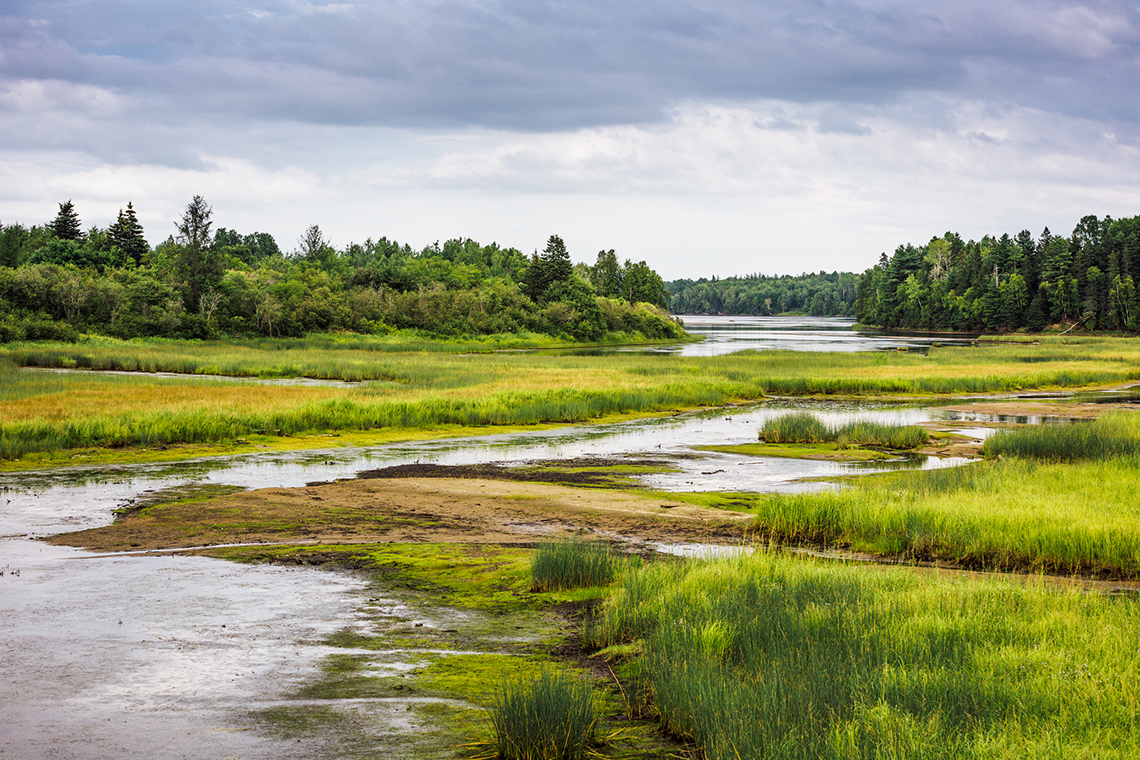
Kouchibouguac National Park wetland in New Brunswick
According to the National Geographic Society, a wetland is an area of land that is covered in water or saturated with water. This water is usually groundwater, which means that it is water that is held underground. Wetlands are called transition zones which means that they are not totally dry land or totally underwater. They are both.
Wetlands exist on every continent, except for Antarctica and can appear in all different climate regions. The three major types of wetlands are swamps, bogs, and marshes.
Wetlands are disappearing
Canada is home to 25 percent of the world’s wetlands. However, because of pollution, invasive species, and habitat loss, these important ecosystems are disappearing.
According to the Nature Conservatory of Canada, half of Canada’s wetlands have disappeared since 1970. With the loss of our wetlands come the loss of animals and plants that rely on this ecosystem to survive.
Our government and large conservation groups such as Nature Conservatory of Canada, Toronto and Region Conservation Authority (TRCA), and Central Lake Ontario Conservation Authority (CLOCA) have committed to conserving and restoring Ontario’s wetlands.
Explore the following video from The Agenda entitled "Preserving Duffins Creek Wetland"
From information you have learned about wetlands, why is it important for these groups to preserve and restore wetlands?
Use the following KWHL activity or a method of your choice to record your work.
K – What do I know?
W – What would I like to know? (questions I have)
H – How will I find out?
L – What have I learned?
Complete the KWHL Activity in your notebook or using the following fillable and printable document.
Press the ‘Activity’ button to reveal KWHL Activity.
Human activity and water bodies
There are many human activities that have led to changes in the earth’s water bodies and water systems.
Building dams
There are different reasons to build dams: creating hydropower, to prevent flooding, irrigation (helping crop growth), and to store water. Building dams creates a danger to existing water bodies and water systems as well as the plants and animals that rely on these water systems because:
- they block migration routes of fish
- they slow the movement of the existing water system
- they alter the habitat
- they change the quality of the water
Building irrigation systems
Building an irrigation system causes changes to existing water systems because they redirect water from these systems to human-made equipment in new areas. This creates a danger to the existing water system because:
- they increase the groundwater in the area where the irrigation system is
- they slow the movement of the existing water system
- they cause larger amounts of evaporation in the area which change moisture levels
- they cause ecological damage in the same ways as building dams
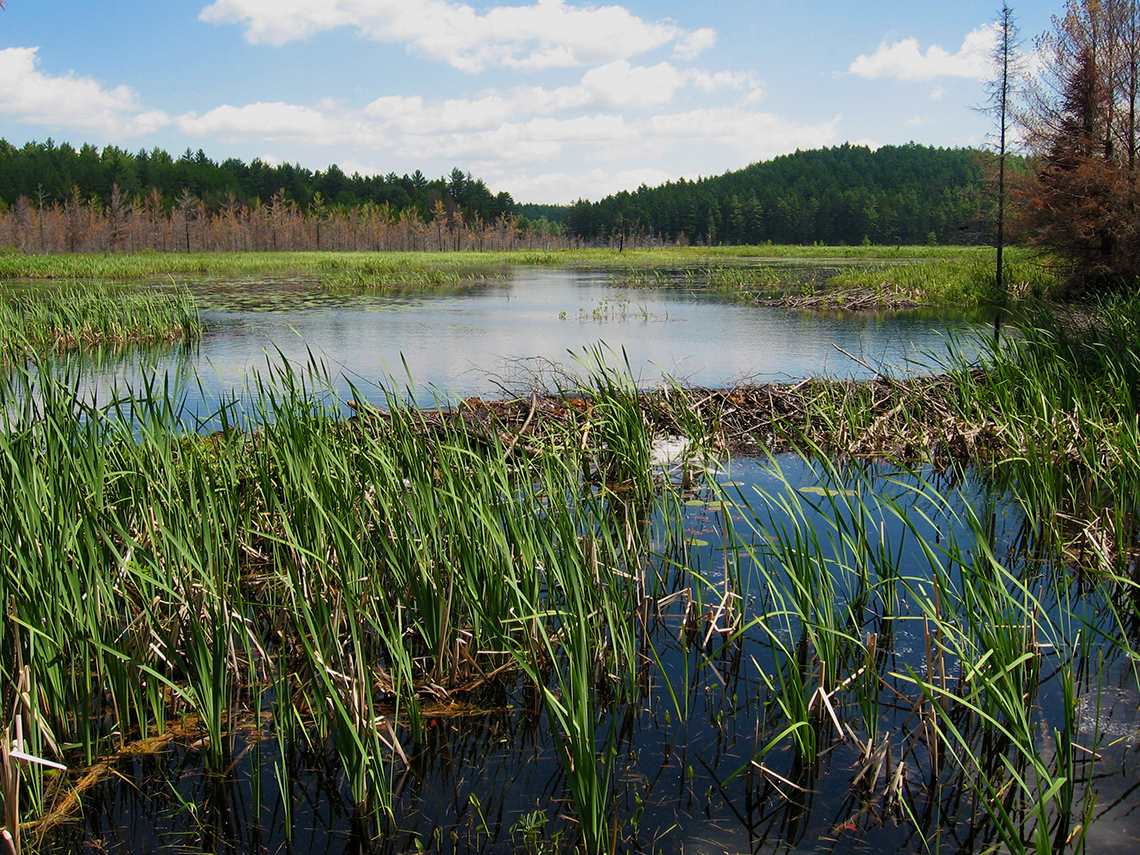
In the following multiple-choice activity, diverse impacts on existing water systems are highlighted. For each impact, decide whether this is because of a dam, an irrigation system or both.
Plastic ocean
In this learning activity, you have learned about the Earth’s water bodies and water systems and how human activity has altered these systems.
One of the largest impacts that humans have made in the area of affecting the Earth’s water bodies is the amount of human trash that is swirling through the oceans.
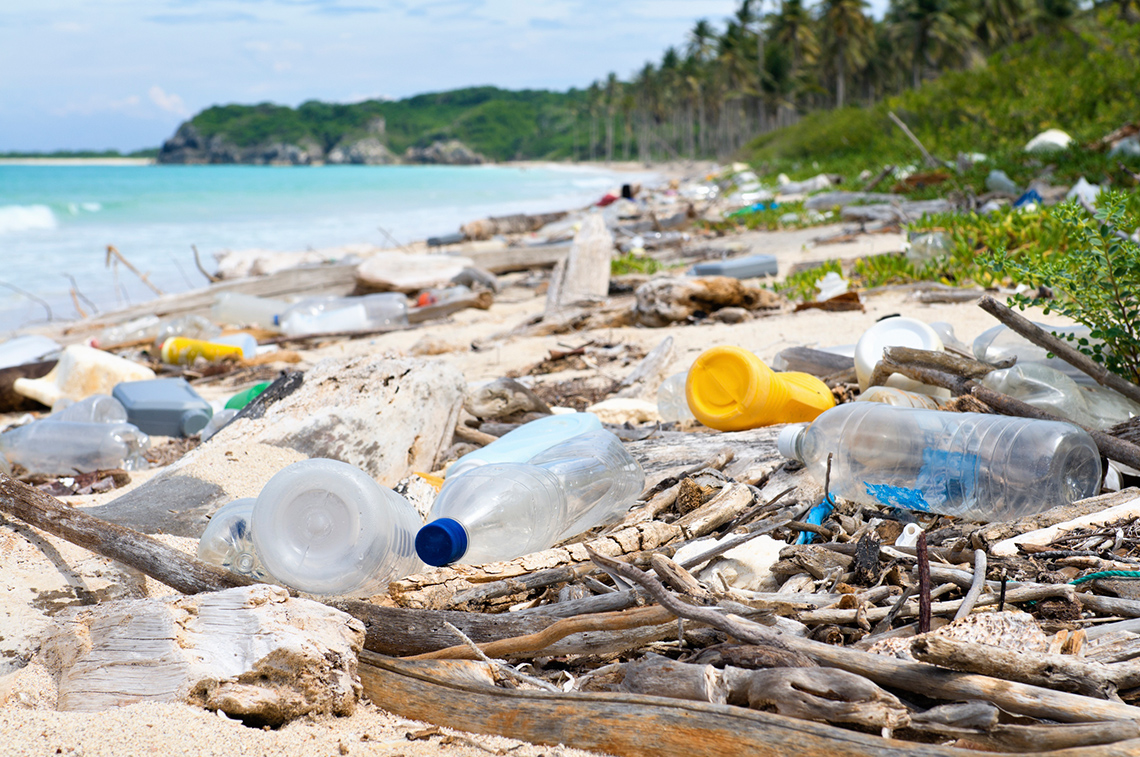
In the following video from The Water Brothers entitled "Plastic Ocean," learn more about the Water Brothers’ investigation of the plastic ocean issue.
Using the information shared in the video, record your responses to the following questions:
- Who is on this journey with the Water Brothers?
- How have natural processes of ocean currents plus human activity led to the “plastic ocean”?
- What are some materials that are circulating in the gyres?
Brainstorm
Reflect
What can we do to lessen the impact of this problem?
Consolidation
Relocating a wetland
Returning to the conversation about wetlands, check out the following article "Is Relocating Wetlands the Way to Save Them?" to learn more about a plan to relocate a wetland in Ancaster, Ontario.
As you explore this article, consider the reasons to relocate it, the impact of this relocation. and whether the decision should be to relocate or leave it where it is.
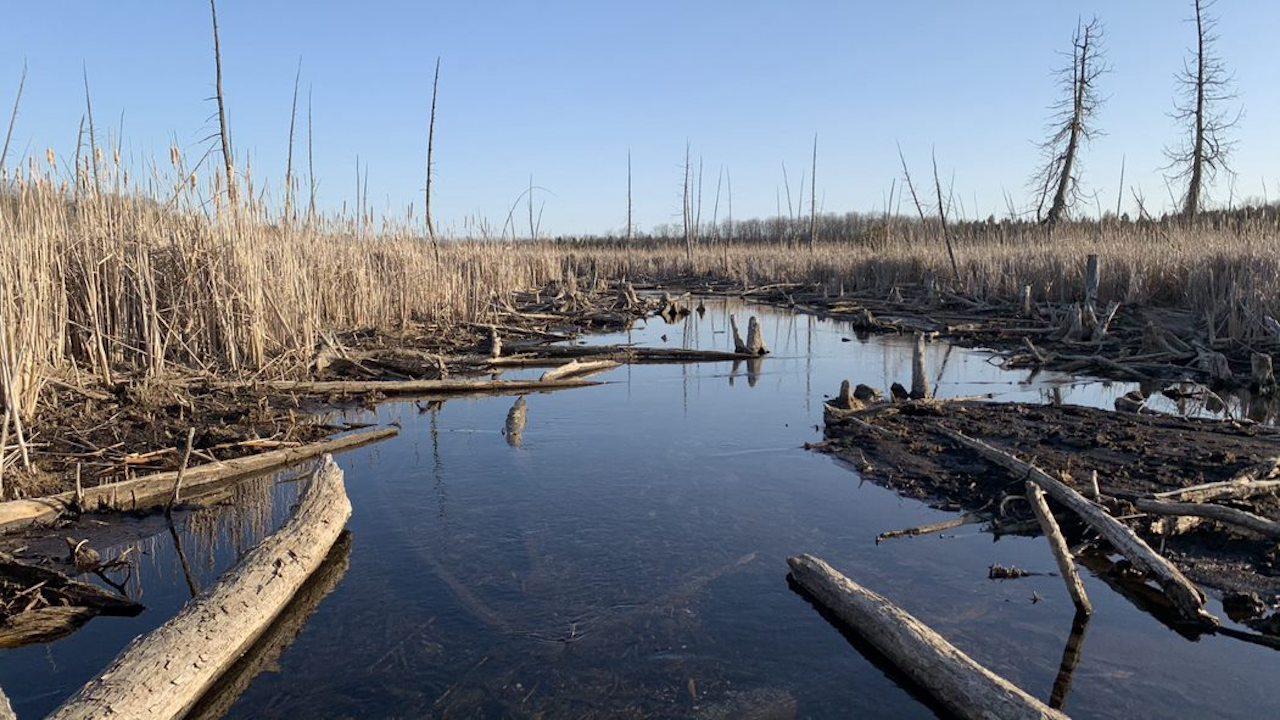
Press tvo today to reveal "Is Relocating Wetlands the Way to Save Them?"
TVO dot org (Opens in a new tab)Complete the Relocating Wetlands Activity in your notebook or using the following fillable and printable document.
Return to your KWHL Activity from the Action section. Is there anything else you can add to this chart based on information shared in this learning activity?
Reflection
As you read the following descriptions, select the one that best describes your current understanding of the learning in this activity. Press the corresponding button once you have made your choice.
I feel...
Now, expand on your ideas by recording your thoughts using a voice recorder, speech-to-text, or writing tool.
When you review your notes on this learning activity later, reflect on whether you would select a different description based on your further review of the material in this learning activity.

